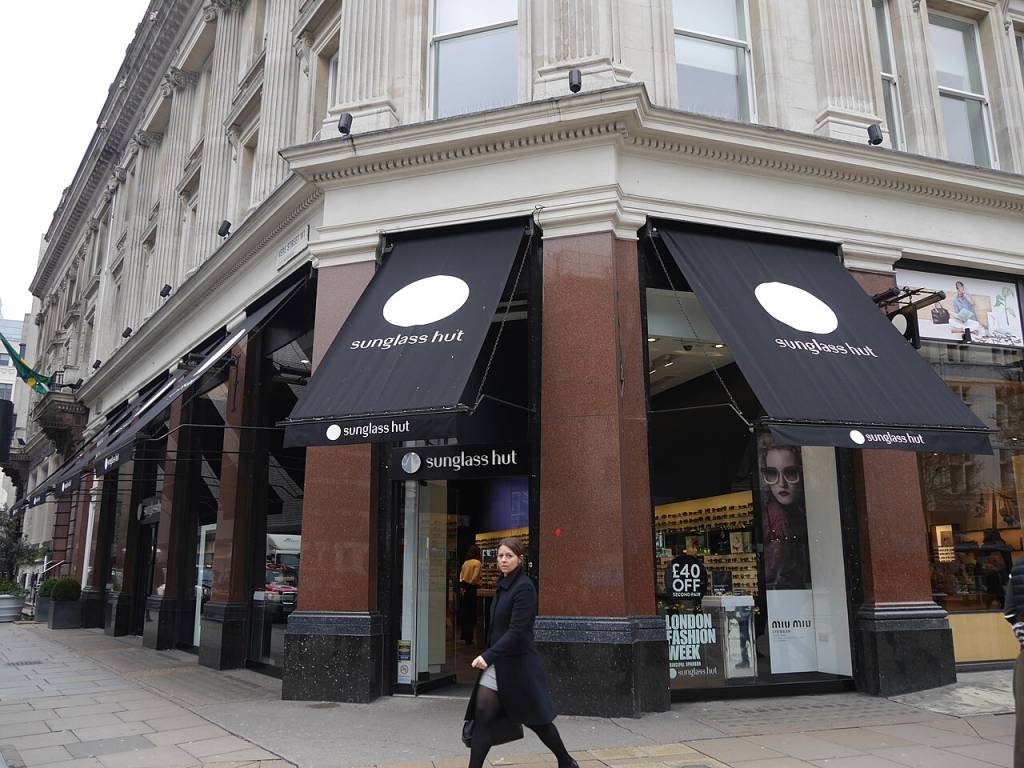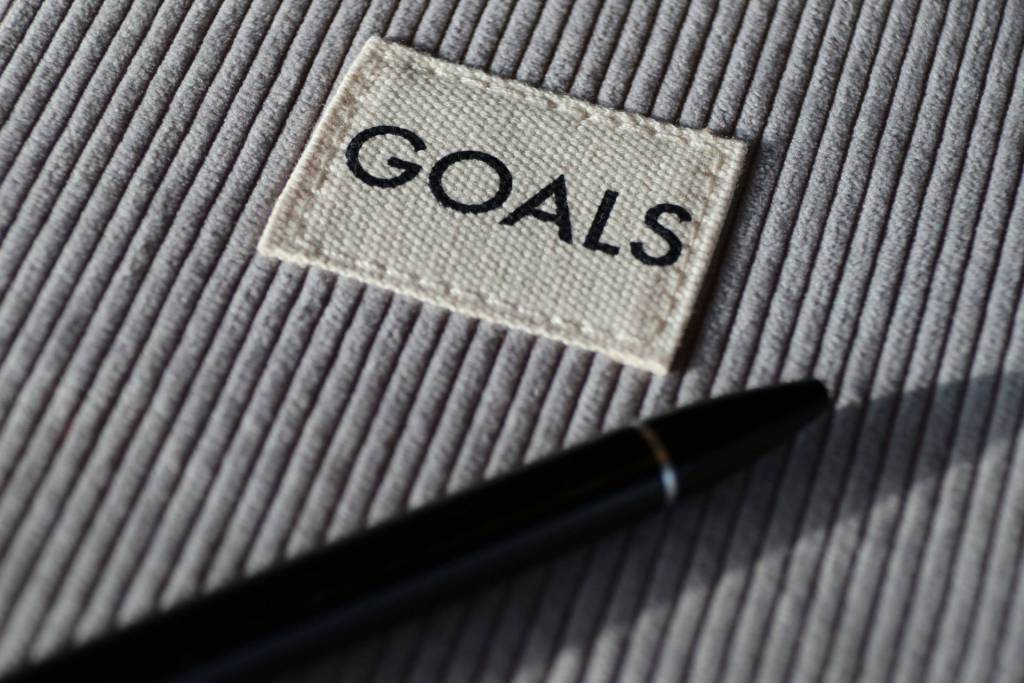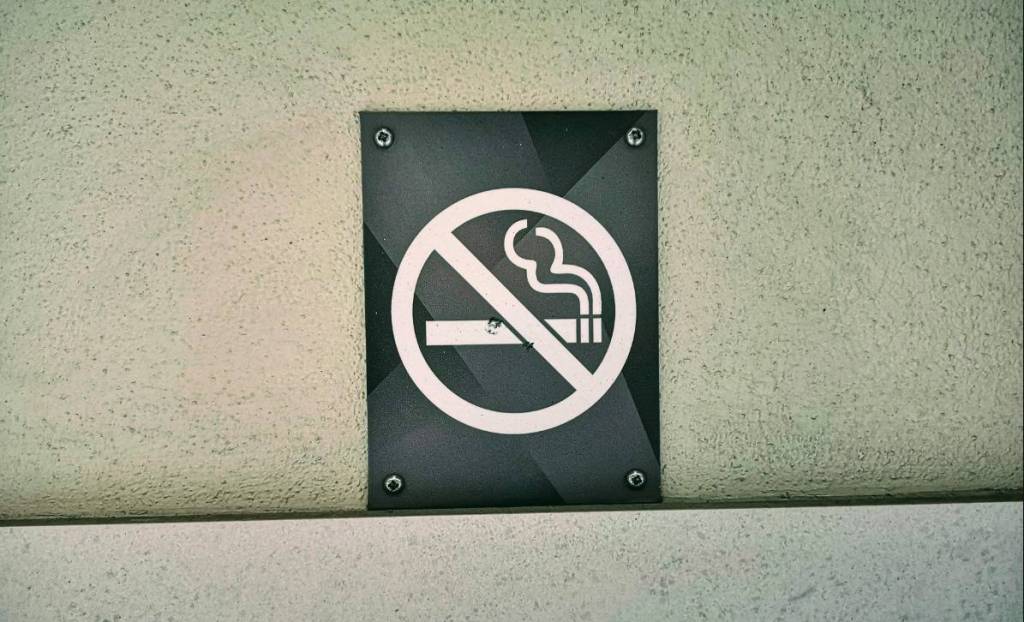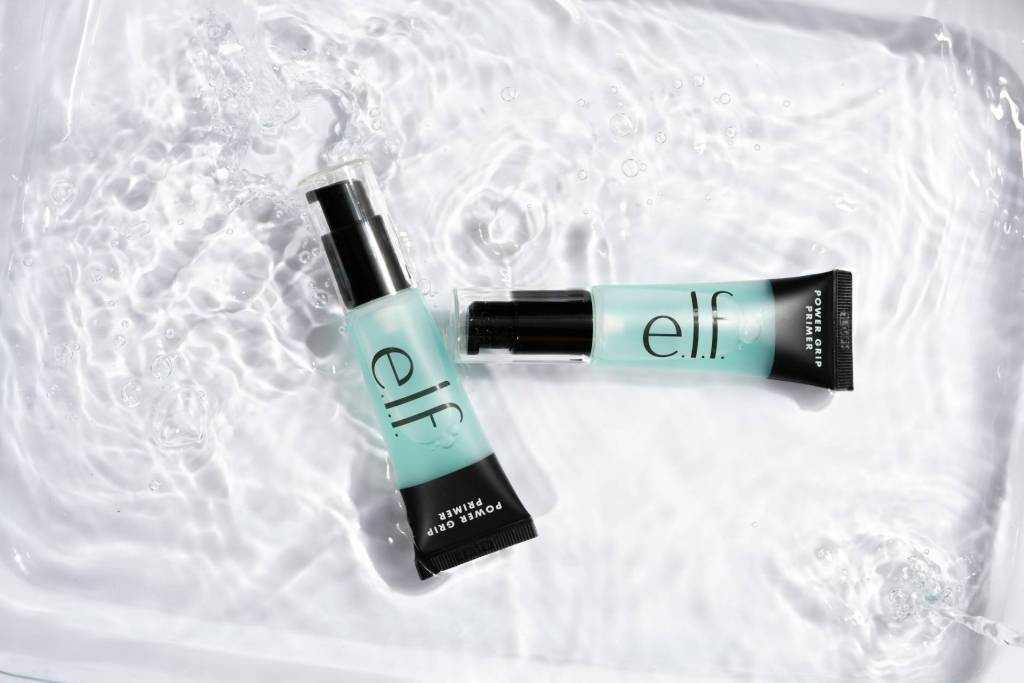Recently, I sat down with Christine Bader, author of the new book, The Evolution of a Corporate Idealist: When Girl Meets Oil. “Corporate Idealists” are an invisible army of people located inside the world’s biggest and most well-known organizations that push for safer and more culpable practices. As a corporate idealist at BP for nearly a decade, Christine was responsible for managing the impact of large projects on communities around the world. We discussed the obstacles she faced while pushing for change, what aspiring “corporate idealists” can learn from her experience, and how you can drive change in your organization, no matter where you are in your career.
How would you define a “Corporate Idealist?”
A Corporate Idealist believes that business can be a force for good in the world: by innovating to meet peoples’ needs, by creating jobs and value, by reaching corners of the world that others can’t. But Corporate Idealists also know full well the risks that companies can present to people and planet: environmental and social damage where natural resources are pulled out of the ground; poor working conditions in factories; threats to privacy and free expression on the internet, just to name a few. The Corporate Idealist is focused on minimizing those risks so that those benefits can be maximized.
What obstacles did you face as a corporate idealist during your time working for BP?
My first full-time posting with BP was in Indonesia in 2000; I worked on a liquefied natural gas project at the remote eastern end of the country. The first time I went out there — taking an overnight commercial flight, then an eighteen-seat turboprop plane, then a helicopter — I imagined the sketches of the plant imposed on this relatively pristine environment, and felt physically ill. But at the time I didn’t think that any other company would put as much effort into protecting people and planet: John Browne, BP’s CEO at the time, made it very clear that we were going to do whatever it took to make this project a good thing for local people. I was out there with a lot of other high-paid help to make that happen.
So for me the first obstacle with discomfort with the fact that I was on the inside of an inherently disruptive business; but I believed that from the inside was where I could do the most good. Then the challenges I faced were similar to what many Corporate Idealists face: for example, time and budget pressures interfering with the patient process of building local relationships; and concern from colleagues in Legal and Communications about taking too much responsibility for problems that aren’t entirely in the company’s control.
I had left BP by the time of the 2010 Deepwater Horizon disaster, but that sent me back to the first obstacle, of understanding what it means to choose to work on the inside. It means that your work is incremental, and bad things might still happen, but you have to have faith that the small steps you’re taking are making a difference.
For someone who is more junior and doesn’t have the decision-making ability, how can you drive change within an organization?
Everyone may not be able to decide where the money goes, but everyone can ask good questions and come up with solutions. Junior staff can ask the question that challenges the status quo; spot opportunities for change and innovation that more entrenched staff have developed blinders to; and bring in great ideas from outside organizations. Most importantly, we should all show up the way that we want our colleagues and our organizations to behave: It’s amazing how infectious one person’s attitude can be, for good or for ill!
Has social media and the ever-connected society we live in changed the way corporate idealists operate? Made it easier or more difficult?
Social media has made the work of Corporate Idealists easier, because there’s much more proof that they aren’t the only ones who believe that a particular issue — be it conflict minerals, or water usage, or indigenous communities’ rights — is important. One Corporate Idealist told me that from time to time he asked one of his NGO or SRI [socially responsible investment] contacts to write a letter to one of his managers on a particular issue to help him move the ball internally. But now we don’t need one letter: a campaign is as easy to start as a hashtag. Of course, some campaigners are more credible than others — but even if a person or organization hasn’t established credibility, the issue they raise might still be a legitimate one.
If someone is seeing a problem in their organization, but isn’t sure what to do, how do you recommend they get started as a corporate idealist?
For the Corporate Idealists I interviewed, community was really important to them. Being the lone champion of sustainability in a company can be isolating work, so having a network of peers in other companies is critical — for moral support, but also to get advice on specific challenges: how did you overcome this concern from your lawyers? How did you get your communications people to be more comfortable talking about your company’s challenges? How did you make the case to your manager that this was something you needed to dedicate resources to?
There are programs specifically designed to build those sorts of communities, like the Aspen Institute’s First Movers Program. But informal gatherings like CSR Meetups enable those relationships too. Or just reach out to someone else on LinkedIn who seems to be in a similar role; many of the Corporate Idealists I spoke with said they’re always happy to help, since they’ve benefited so much from the support and kindness of others.












